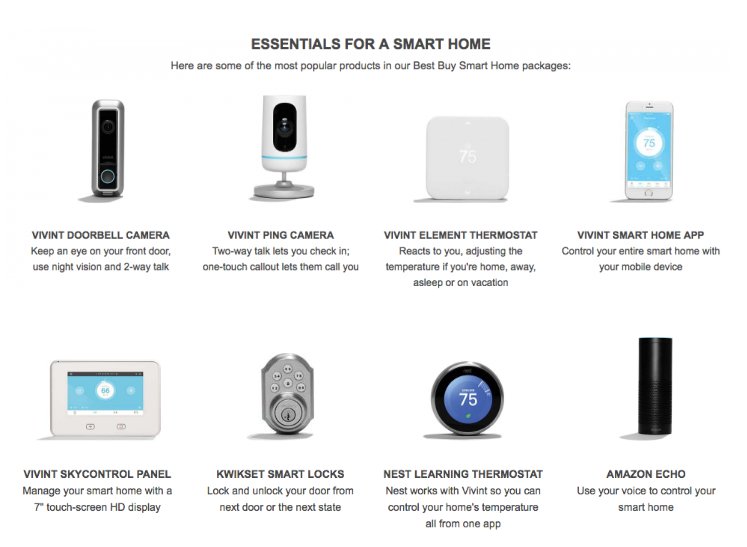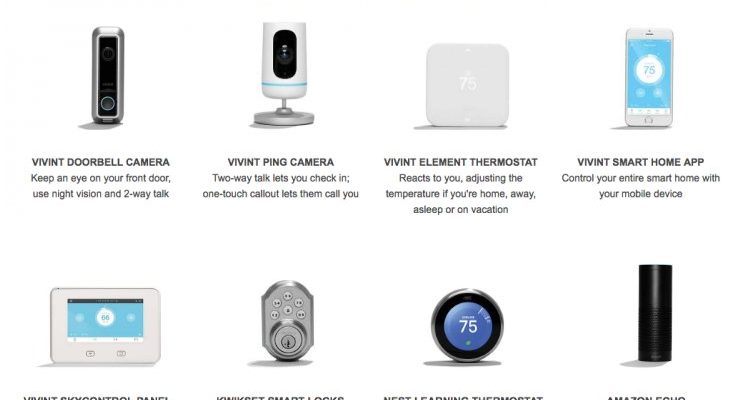
If you’re scratching your head, you’re not alone. Home security tech—especially with brands like Vivint—comes with contracts, accounts, and warranties that seem straightforward at first, but get tricky when you toss in a new owner. Let me break down how Vivint handles warranty transfers, what to watch for, and why it’s not always as simple as handing over the remote.
How Vivint Warranties Usually Work
Let’s start with what “warranty” actually means with a Vivint security system. When you buy or lease Vivint equipment, you don’t just get motion sensors and cameras; you also get a warranty—a sort of promise from Vivint to repair or replace equipment if it malfunctions within a certain period. For most new customers, Vivint offers a limited warranty (often called a “service and protection plan”) that covers hardware defects, battery failures, troubleshooting visits, and sometimes labor.
Here’s the thing: this warranty is often tied directly to *your* customer account, not just the equipment itself. That matters—a lot—when you’re thinking about passing your system on to the next homeowner. If you try to hand off the code or sync a new device, the warranty doesn’t automatically follow along unless Vivint says so. It’s not universal like some off-brand remotes; it’s more like a personalized insurance policy.
Add in the fact that Vivint regularly updates its terms, and you get a system where “what’s covered” can vary depending on when you signed up, how you bought your equipment, or even if you moved. Always check your specific agreement for the fine print.
Can You Actually Transfer a Vivint Warranty?
Now for the meat of it: *Can you transfer your Vivint security system warranty to a new owner?* The short answer is—sometimes, but not always.
Vivint’s standard policy is that warranties and service plans aren’t automatically transferable from the original owner to a new one. In most cases, if you sell your house and leave the system behind, the warranty technically ends with your account. The new owner can’t just pair themselves to your warranty coverage, even if they keep the same sensors, cameras, and control panel.
But there *are* exceptions. If the new homeowner sets up a fresh Vivint account, subscribes to monitoring, and maybe even signs a new contract, Vivint might offer the remaining portion of the original warranty—or at least a new one. Think of it like resetting the coverage: the hardware stays, but the protection restarts once a new account is live. The transfer isn’t automatic, though. Both parties usually need to contact Vivint directly for any official transfer, and a representative will walk you through the steps, which might include:
- Verifying system serial numbers and location
- Resetting the system to pair it with the new account
- Reviewing any remaining coverage or options for the buyer
So, you can’t just slip the warranty under the doormat. You need to get Vivint involved and follow their process for a smooth transition.
Steps for Transferring Vivint Systems to a New Owner
If you’re set on passing along both your Vivint system *and* whatever warranty coverage remains, there are a few crucial steps to follow. You can’t just unplug everything and hope for the best:
Tip: Think of this like handing over your car: you need paperwork, a clean break, and maybe a walkthrough of all the weird buttons.
1. **Contact Vivint Customer Support:** Before you move or finalize the sale, reach out to Vivint. Let them know you’re transferring ownership and want to know about warranty transfer options.
2. **Verify Account Status:** Make sure your account is in good standing—no overdue payments, unresolved support issues, or pending code syncs.
3. **Schedule a System Reset or Walkthrough:** Vivint may need to send a technician to help reset, re-pair, or even physically inspect the equipment before switching ownership.
4. **Review New Contracts or Service Plans:** The new owner will likely need to sign up for their own account, pick a monitoring plan, and confirm what parts (if any) of your warranty can roll over.
5. **Hand Off Documentation:** Give the new owner copies of your original purchase agreement, a list of installed devices, and any user manuals. This makes troubleshooting or battery replacements down the line much easier.
The smoother you make this process, the more likely Vivint is to help with warranty coverage on the other side.
What’s NOT Covered After a Warranty Transfer?
It’s tempting to think your Vivint warranty is like an all-access pass—but honestly, there are limits, especially after a sale. Here’s what a new owner *won’t* get even if the system stays behind:
- Coverage for wear-and-tear or damage that happened *before* they took over
- Any expired or excluded parts (like old batteries or custom installations)
- Previous troubleshooting tickets or unresolved service issues
- Features that require syncing with your personal devices or accounts (like mobile app controls)
This is why Vivint usually insists on a fresh contract and system check. If the system code isn’t reset, the old owner might still have remote access (awkward), or the warranty could be voided by improper transfer. If you’re the buyer, always double-check that everything’s legit—don’t just assume “warranty included” means full protection.
Common Pitfalls When Transferring Vivint Warranties
Transferring a Vivint security system and its warranty can feel a bit like passing a baton in a relay—drop it, and you might lose everything. Here are a few mistakes people commonly make:
- Not contacting Vivint before the sale—resulting in a security system that’s out of sync and not eligible for any coverage
- Leaving accounts linked (“ghosting” access), which can cause privacy issues and block troubleshooting by support
- Assuming all parts are covered—when some, like smart locks or batteries, might have much shorter warranty terms
- Forgetting to review or reset mobile app access, codes, or remote settings
The best move? Treat the system handoff like a tech-savvy housewarming. Wipe old data, double-check what’s included, and involve Vivint customer care every step of the way.
Alternatives if the Warranty Can’t Be Transferred
Let’s say Vivint declines to transfer your warranty, or the system is too old for coverage. What now? All is not lost—you’ve still got options.
- Buy an Extended Service Plan: Many times, the new owner can purchase new protection directly from Vivint, even if the original warranty is expired.
- Use Universal Parts: If equipment fails, some hardware (like batteries or basic sensors) can be replaced with universal or compatible parts, no warranty required.
- DIY Maintenance and Troubleshooting: Vivint’s online support, code reset guides, and troubleshooting wikis can be a lifesaver for handy homeowners.
Insight: Sometimes, a “fresh start” is just better. A new contract gives the buyer full coverage and peace of mind, without worrying about legacy issues.
Just remember, the more transparent everyone is during the transfer, the less likely you’ll run into headaches when issues pop up later.
How Vivint Compares to Other Security Brands
You might be wondering—do other security brands make this process easier or harder? Honestly, Vivint falls right in the middle. Here’s how it stacks up:
- ADT: Usually requires a full account transfer, with new contracts and a system reset—very similar to Vivint.
- SimpliSafe: Hardware warranties are often tied to the equipment, but cloud monitoring or app features need a new subscription.
- DIY Systems: Some allow you to reset or pair the system yourself, with warranties that follow the product instead of the owner.
With any major security brand—Vivint included—the safest route is to go through official channels, reset access, and confirm new warranty terms in writing.
Wrapping It All Up: What To Remember About Vivint Warranty Transfers
The bottom line? Vivint security system warranties aren’t like furniture you can leave behind—they’re connected to accounts, contracts, and sometimes even your name. If you want to pass along coverage to a new owner, you’ll both need to call Vivint and follow their exact process: reset the system, sign new agreements, and confirm what’s covered. Don’t skip this step—otherwise the new owner could be stuck with a dead battery and no backup.
If the warranty can’t transfer, don’t panic. There are still ways to protect your home and make the most of the equipment already installed. The key is open communication, clear paperwork, and a healthy dose of patience. After all, a security system is supposed to bring peace of mind, not extra headaches—no matter who holds the remote.
